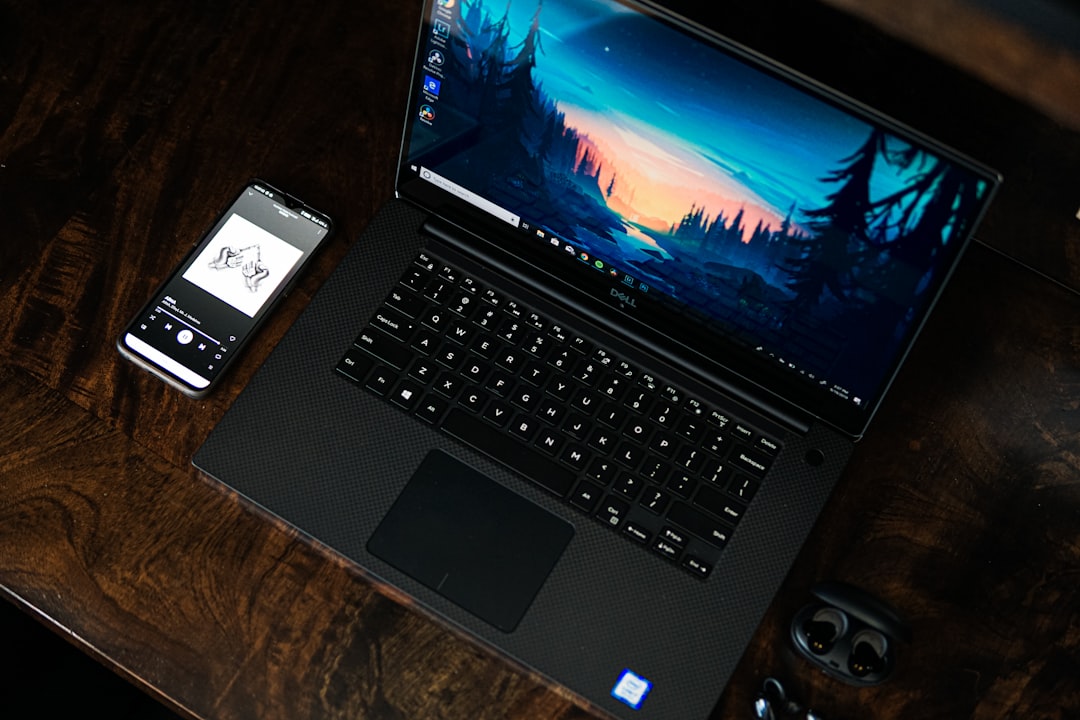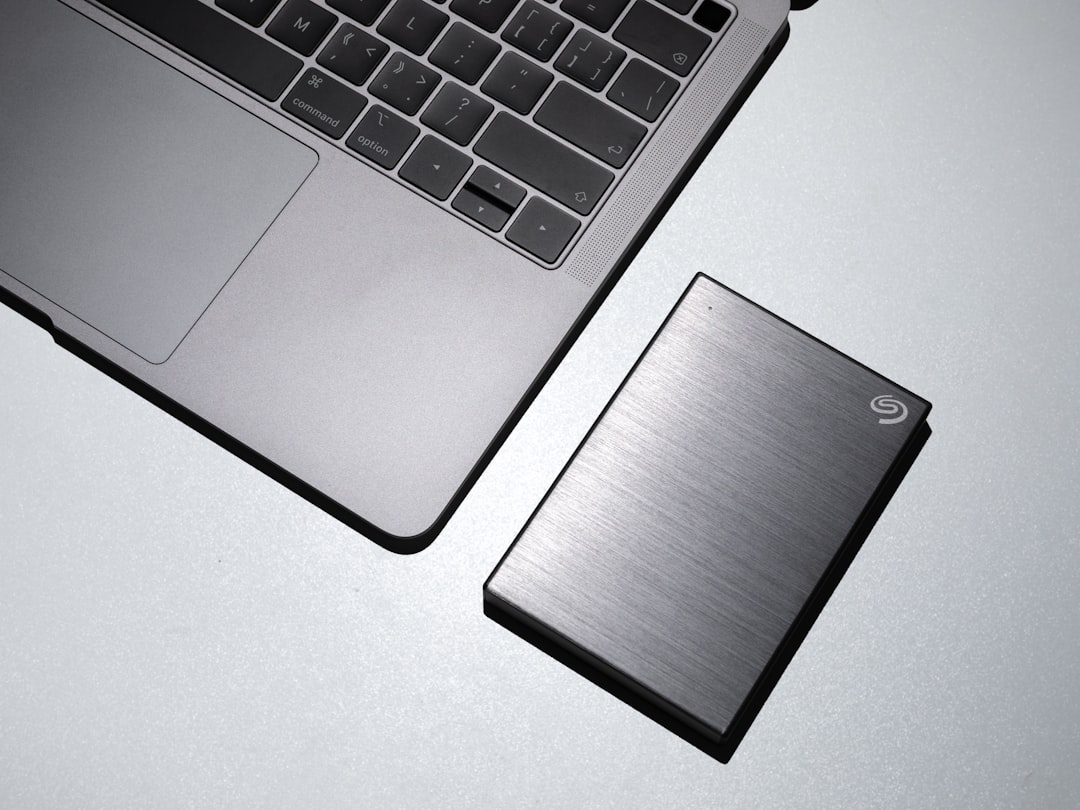In an age where digital speed and performance are paramount, the importance of storage technology cannot be overstated. Whether you’re a casual user, a student, or a power-driven professional, the type of storage in your device can significantly affect its speed, responsiveness, and overall user experience. Two of the leading contenders in the realm of internal storage are SSD (Solid-State Drive) and eMMC (embedded MultiMediaCard). While they may seem similar at first glance, they serve different purposes and perform in notably different ways.
Table of Contents
What Are SSD and eMMC?
Before diving into their differences, it’s essential to understand what these two storage types are.
- SSD (Solid-State Drive): SSDs use flash memory to store data and have no moving parts. They are known for their high speed, durability, and are commonly used in everything from laptops and desktops to servers and gaming consoles.
- eMMC (embedded MultiMediaCard): eMMC storage is also flash-based but is soldered directly onto a device’s motherboard. It’s typically used in budget laptops, smartphones, and tablets. Its performance lies somewhere between that of traditional hard drives and SSDs.
At first glance, both seem to serve the function of storing data, so what’s the big difference? The answer lies in the details: speed, durability, upgradeability, and use cases.
Speed Comparison
One of the most critical factors when comparing SSD and eMMC is data transfer speed. SSDs outshine eMMC storage by a long shot.
SSD: A modern SATA SSD can offer read/write speeds of up to 500–600 MB/s, while NVMe SSDs can exceed 3000 MB/s. This rapid data handling leads to quicker boot times, faster file transfers, and overall smoother multitasking.
eMMC: Typically, eMMC storage offers read/write speeds of 100–400 MB/s, depending on the version and quality. This is adequate for basic tasks like web browsing or document editing but can become frustrating during heavier usage.

So if you’re seeking a snappier and more responsive experience, an SSD is the uncontested winner.
Durability and Reliability
Both SSDs and eMMCs use NAND flash memory, but the design and quality of components differ significantly.
- SSD: More robust and long-lasting. They are designed to handle frequent read/write cycles and have features like TRIM support and wear leveling that extend their lifespan.
- eMMC: Typically used in devices with shorter life cycles such as budget smartphones or Chromebooks. eMMC wears out faster and lacks some of the advanced management features found in SSDs.
If reliability over time is a priority—especially for professional use or long-term data retention—SSDs again edge out over eMMC.
Upgradeability and Flexibility
Another key consideration when choosing between SSD and eMMC is upgradability.
SSDs are often modular, connected via SATA or NVMe interfaces. This means you can replace or upgrade your SSD as storage technology improves or your needs change. It’s a simple matter of popping out the old drive and inserting a new one.
eMMC, on the other hand, is soldered directly onto the motherboard. Upgrading it is either near impossible or not cost-effective. If a device with eMMC storage bogs down over time due to inadequate space or speed, your options are limited to an external drive or replacing the entire device.
Cost Considerations
Cost is always a major factor, especially for students, educators, and budget-conscious consumers.
eMMC: Cheaper to manufacture and helps keep device prices low. That’s why you’ll find eMMC storage in sub-$300 laptops and tablets. If your usage is limited to streaming, browsing, and light word processing, it could be a cost-efficient option.
SSD: More expensive, but provides significantly better value in the long run due to superior performance and durability. The price of SSDs has also decreased consistently over the years, making them more accessible.
Use Cases: When to Choose What?
Here’s a quick breakdown of scenarios and which storage type is better suited for each:
-
Choose eMMC if:
- You’re buying a low-cost device primarily for browsing, email, and media consumption.
- You need a lightweight, portable device and can store heavier data in the cloud.
- Budget is a top concern, and performance is not a high priority.
-
Choose SSD if:
- You need quick boot times, seamless multitasking, and faster file transfers.
- You plan to store large files such as videos, photos, or complex software applications.
- You require a more durable, reliable solution with upgrade potential.

Boot Times and Efficiency
People often overlook how storage affects boot times. An SSD-powered device can boot up in as little as 5–10 seconds, while eMMC-based devices may take 20–30 seconds or more.
This efficiency extends into how quickly applications launch and how smoothly the overall system runs. Even basic daily tasks feel more seamless when running from an SSD.
Gaming and Heavy Load Applications
If you’re into gaming or heavy software such as Adobe Creative Suite or CAD programs, go SSD or go home. These applications depend heavily on storage speed and reliability. Loading times in games can be drastically reduced with an SSD, and the overall system noise is virtually nonexistent compared to older spinning hard drives. eMMC is not built for such tasks and will bottleneck performance.
Battery Life
Interestingly, because both SSDs and eMMCs operate without moving parts, they are more energy-efficient than traditional HDDs. However, which one is better for your battery?
SSD consumes slightly more power than eMMC due to higher performance, but this is often negligible, especially in devices optimized for battery efficiency. Most high-performance laptops with SSDs manage battery consumption through efficient hardware and software design.
Longevity and Wear
Both storage types degrade over time with frequent read/write cycles, but SSDs are generally equipped with better controllers to manage wear. High-end SSDs can have lifespans of up to 10 years or more, while most eMMC storage solutions are designed for shorter-term use.
Final Verdict
So, which one should you choose? It boils down to your needs and how you plan to use your device.
- If speed, reliability, and future-proofing matter: Invest in an SSD. It’s worth the extra upfront cost for improved performance and longevity.
- If you just need a basic device for minimal tasks: An eMMC-based computer might be sufficient and cost-effective for you.
The divide between SSD and eMMC is clear—the former is built for performance and the latter for affordability. Understanding your own computing requirements is the first step toward making a smart, informed decision when it comes to storage.





